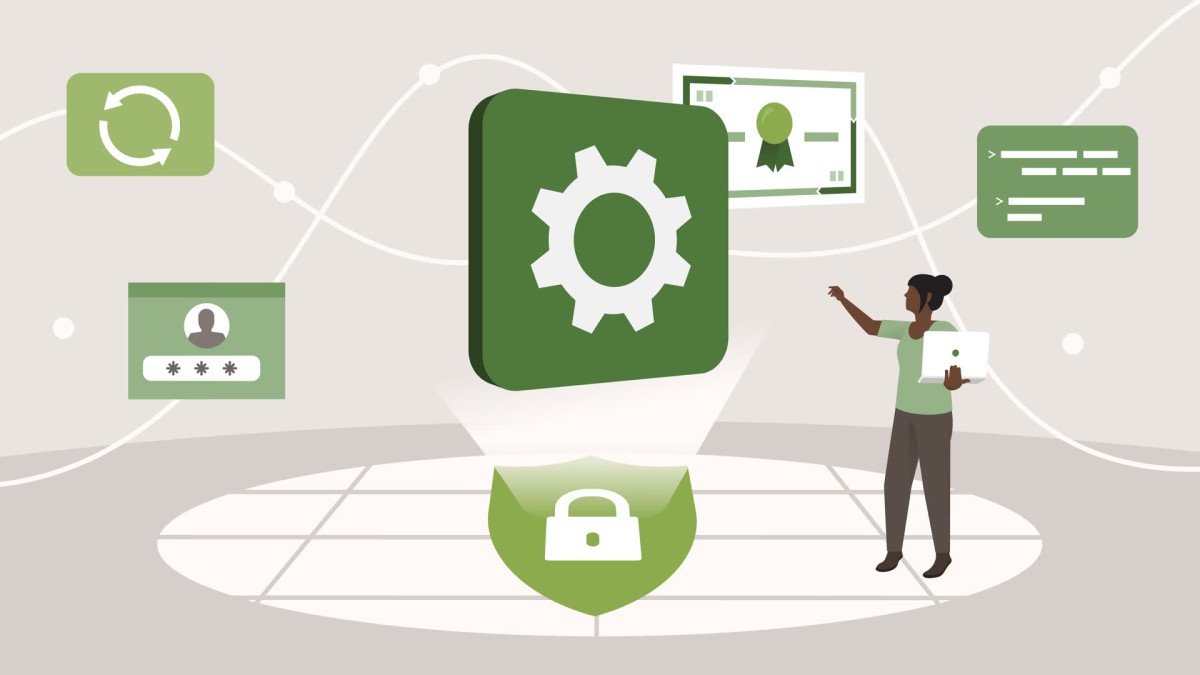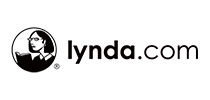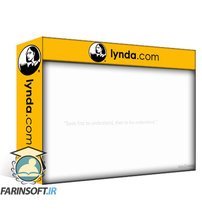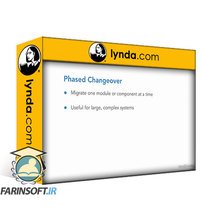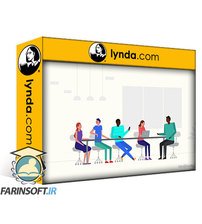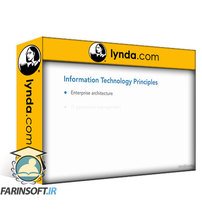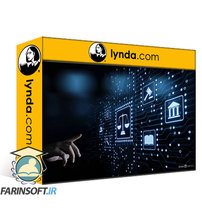جمع جزء: 2,079,000 تومان
- × 1 عدد: Applied Houdini - Liquids IV - 189,000 تومان
- × 1 عدد: آموزش مدیریت کارایی نیروهایتان - 189,000 تومان
- × 1 عدد: Agile HR Human Resources Essentials || Masterclass || - 189,000 تومان
- × 1 عدد: Elasticsearch Essential Training - 189,000 تومان
- × 1 عدد: Master F5 BIG-IP: F5 Loadbalancer, LTM, GTM (F5-CA) Training - 189,000 تومان
- × 1 عدد: WordPress eCommerce : طراحی سایت فروشگاهی بوسیله وردپرس - 189,000 تومان
- × 1 عدد: Top 10 Skills for AI Engineer/AI Ops Engineers - 189,000 تومان
- × 1 عدد: Top 10 Skills for Robotics Engineers - 189,000 تومان
- × 1 عدد: Data Engineering with Spark Databricks Delta Lake Lakehouse - 189,000 تومان
- × 1 عدد: Create Stunning Graphic Design Using Midjourney AI - 189,000 تومان
- × 1 عدد: Top 10 Skills for Blockchain Developers - 189,000 تومان

